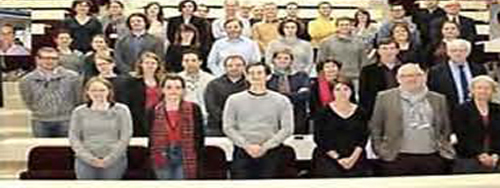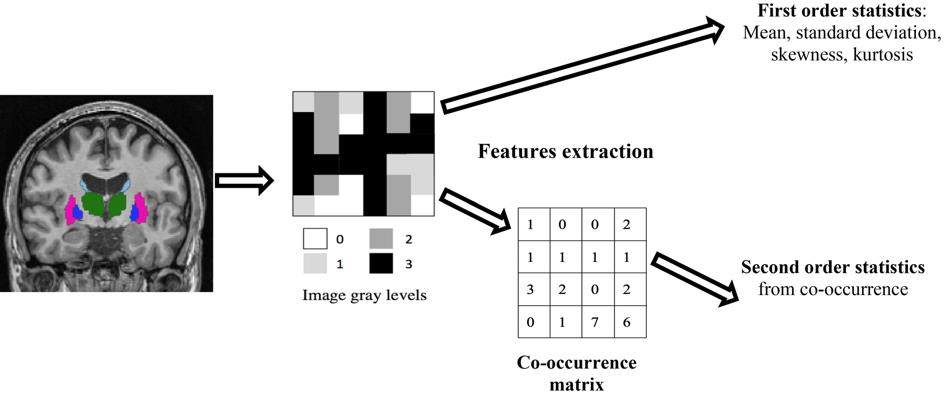Degenerative and vascular cognitive discorders

Presentation
This team, made up of clinical and pre-clinical researchers, is multidisciplinary. It is located at the interface between neurology, pharmacology and imaging. The research project is focused on the translational, transnosographic and multimodal study of cognitive disorders associated with degenerative processes or neurovascular lesions, starting from the observation that the mechanisms are entangled.
- NeuroRadioMics: Markers of Neurodegeneration and big data modelling
Project
In neurodegenerative diseases, imaging plays an important role in decision making. Classical markers are based on the quantification of structural changes. The NeuroRadioMics project hypothesizes that the measurement of signal variations, using different statistics allows to highlight the changes in an earlier stage than by morphological markers. This hypothesis was tested under different conditions with patient cohorts developed by the colleagues in the group. Thus, the method has been shown to be effective in distinguishing patients with post-stroke cognitive impairment. Moreover, a study using a pre-clinical model of stroke showed that these measures reflect histological changes. In Parkinson's disease, these markers have been shown to correlate with motor and cognitive impairments.
We are currently working on a better understanding of these markers through anatomo-pathological correlation studies.
Team : Nacim Betrouni, Chirine El Katrib
Collaborators : Charlotte Laloux, Régis Bordet, David Devos, Kathy Dujardin, Luc Defebvre, Caroline Moreau, Thibaut Dondaine, Anne-Sophie Rolland, Florent Auger, Maud Petrault, Grégory Kuchcinski, Jean-Pierre Pruvo, Renaud Lopes, Romain Viard
Highlights
- The concept of radio-biopsy: virtual biopsy in degenerative diseases (WO2019170711A1 PROCEDURE FOR THE EARLY PREDICTION OF NEURODEGENERATIVE DECLINATION) is patented, 2019
- A grant is allowed by the University of Lille through the projects call Bonus Qualité Innovation for the development of a proof of concept of the method. 2020-2021.
- Establishment of an international multi-center study, with support from the STROKOG consortium, to test the method in the early detection of post-stroke cognitive impairment. 2021.
Publications
Betrouni N, Moreau C, Rolland AS, Carrière N, Chupin M, Kuchcinski G, Lopes R, Viard R, Defebvre L, Devos D. Texture-based markers from structural imaging correlate with motor handicap in Parkinson's disease. Sci Rep. 2021 Feb 1;11(1):2724. doi: 10.1038/s41598-021-81209-4.
Betrouni N, Lopes R, Defebvre L, Leentjens AFG, Dujardin K. Texture features of magnetic resonance images: A marker of slight cognitive deficits in Parkinson's disease. Mov Disord. 2020 Mar;35(3):486-494. doi: 10.1002/mds.27931.
Betrouni N, Yasmina M, Bombois S, Pétrault M, Dondaine T, Lachaud C, Laloux C, Mendyk AM, Henon H, Bordet R. Texture Features of Magnetic Resonance Images: an Early Marker of Post-stroke Cognitive Impairment. Transl Stroke Res. 2020 Aug;11(4):643-652. doi: 10.1007/s12975-019-00746-3.

Radiomics features extraction scheme: Gray levels variation is captured without taking into account voxels neighbouring using first order statistics and by considering the neighbourhood by converting the gray levels into a co-occurrence matrix and then extracting the second order statistics.
